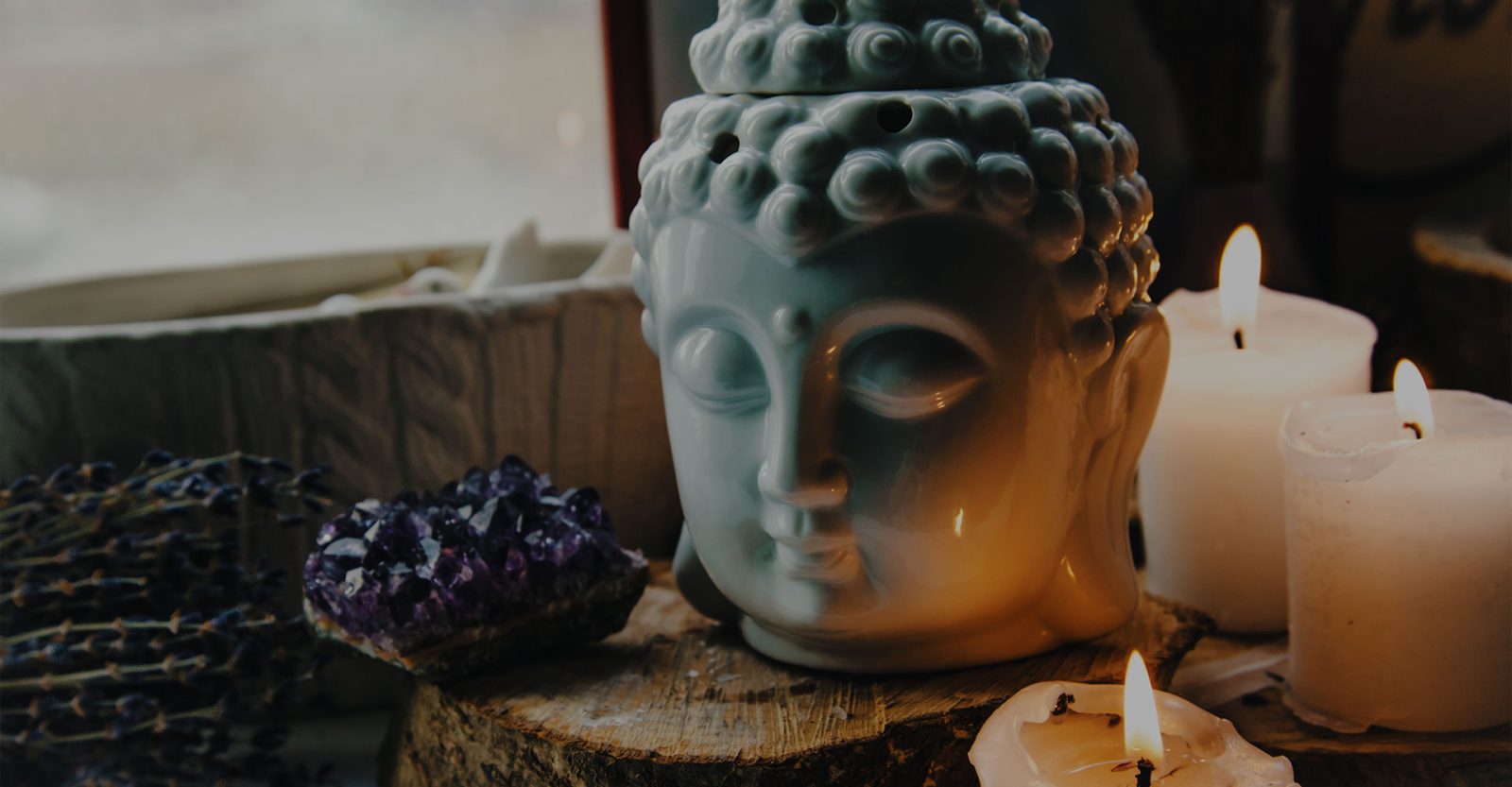
24 Jul Yoga as a Moving Meditation
Previously I maintained a daily hatha yoga practice that has now evolved into a few yoga stretches I do at the conclusion of my three-times-weekly gym workout. I really appreciated Matthews’s perspective on yoga as a moving meditation instructing how to be of this earth and how to know oneself. It seems that the original intent of yoga was to purify the body enough to be able to transcend it and not be of it. When we had first read Turner’s idea (Coakley, 1997) that the body in today’s world is seen as a “project,” I had been stunned by this accuracy and have been pondering it, yet it seems that yoga has also viewed the body as a project to develop enough to transcend. The ancient and modern cultures do not necessarily sculpt the body for the same aims, but they do both seem to view the body as something that needs to have things done to it to be acceptable, and that it is not divine in and of itself.
Eliade seems to blur the lines between yoga and tantra in a way I am not familiar with. I’m assuming this is because both traditions evolved from similar roots and because both contain many variations in practice and philosophy. Both traditions appear to require initiation by a guru, emphasize physical practices and ritual, include mantras, mudras, and mandalas, and teach the importance of the chakras and the kundalini.
The more I have learned about these traditions, the more I have moved away from them. These religions were developed by men for men, and although this week’s readings do not emphasize it, the cultures were quite mysoginist. The whole idea of developing the body to get away from the body, and of “raising” the kundalini from the “lower” chakras to the “higher” chakras is so androcentric as to have become irrelevant to today’s serious aspirant.
© 2024 Catherine Auman


Sorry, the comment form is closed at this time.